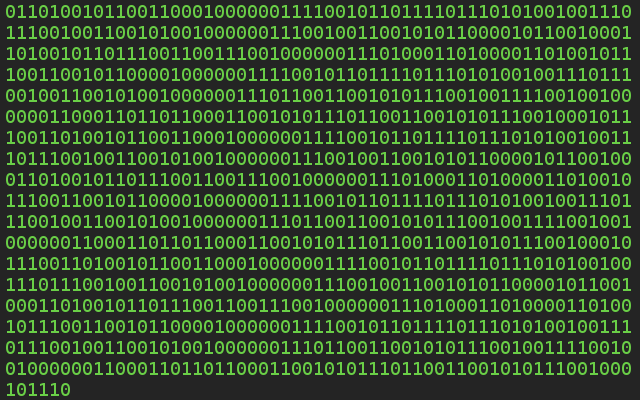Verilog
Type Name(Output, Onput)
Gate
NOT: '
not n1(f, x);AND: *
// multi input allowed
and d1(f, x, y);zero times everything is also zero, which obey the characteristic of or operation
OR: +
// multi input allowed
or d2(f, x, y);single one value cause the output become one
XOR: ⊕
True only when input is not same
// multi input allowed
xor d3(f, x, y);also have the property of being the toggle, i.e.
0 and 1 there is control, and x is data
$$ x \oplus 0 = x $$
$$ x \oplus 1 = x' $$
Expression
$$ f(x,y)=(x+y)y' $$
wire x, y, o1, o2, f;
or o1(o1, x, y);
not n1(o2, y);
and a1(f, o1, o2);Test of Verilog
module sc_test;
reg a, b; // input
wire s, c // output
sc_block sc1(s, c, a, b) // build circuit under test
initial begin
$dumpfile("sc.vcd"); // output file config
$dumpvars(0, sc_test) // test what module and how to test?
a = 0; b = 0; #10; // test signal for 10 sec
a = 0; b = 1; #10;
a = 1; b = 0; #10;
$finish; // end simulation
end
initial
$monitor("At time %2t, a = %d b = %d s = %d c = %d", $time, a, b, s, c); // format the string and record
endmodule // end testOperation
Bitwise Operation
do operation to every bit
unsigned char a = 0xac; // bit value
unsigned char b = ~a; // apply not gate to every bitLogical Operation
- have higher priority than bitwise operation
True: if bits have 1
False: all bits are 0
Base transfer
Base 2 to 10: each position times weight, i.e. $2^x$
Base 10 to 2: divided by 2 till answer is 0, list remainder of each steps and write them down inversely.
Base 2 to 16: divided them into groups (four item per groups), then, convert each block into base 16
Binary addition
Modular Addition: Not like normal addition or subtraction, binary addition/subtraction cannot carry last character.
A +B in N-bit representation is equal to:
$$ (A + B)mod 2^N $$
Overflow
If expectation not equal to reality, overflow happens
$$ A + B \not = (A+ B )mod 2^n $$
2's Complement Representation
Use base 2 to represent the sign
Compare with the normal representation, it can do calculation right even when discard the last character
Change sign
- origin: 0 0 1 1
- flip bit: 1 1 0 0
- add one: 1 1 0 1
Overflow
for example, 4-bits 2's Comp representation range from -8 to 7
- We can simply check if overflow by checking the result sign


Bit shift
define in programming by declare unsign
left shift: append to the left, and discard the right most bit, sign/unsigned behave identically
right shift:
- unsigned: append all zero on the right
- signed: append bit according to the foremost bit (negative/positive)










tql